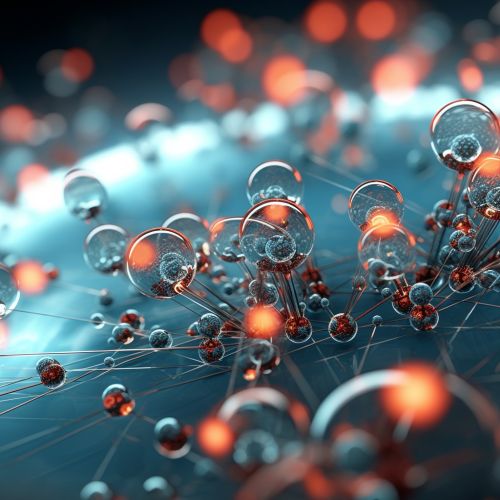The Role of Nanotechnology in Biomedical Imaging
Introduction
Nanotechnology, the manipulation and control of matter at the nanoscale, has revolutionized various fields, including biomedical imaging. This article delves into the role of nanotechnology in biomedical imaging, providing an in-depth understanding of the subject matter.
Nanotechnology: An Overview
Nanotechnology involves the study and application of extremely small things, typically in the range of 1 to 100 nanometers. It spans across various science fields, such as chemistry, biology, physics, materials science, and engineering. The unique properties of nanoparticles make them suitable for various applications, including in the field of biomedical imaging.


Biomedical Imaging: An Overview
Biomedical imaging refers to the techniques and processes used to create images of the human body for clinical purposes or medical science. It includes various techniques such as X-ray, computed tomography (CT), magnetic resonance imaging (MRI), ultrasound, and positron emission tomography (PET). These techniques provide critical information about the structure and function of the human body, aiding in disease diagnosis and treatment.
Role of Nanotechnology in Biomedical Imaging
Nanotechnology plays a crucial role in biomedical imaging, enhancing the capabilities of various imaging techniques. The small size and unique properties of nanoparticles allow them to interact with biological systems at the molecular level, providing detailed images of the body's structure and function.
Nanoparticles as Contrast Agents
Nanoparticles are often used as contrast agents in biomedical imaging. They enhance the visibility of structures or fluids within the body, improving the quality of images. For instance, gold nanoparticles are used in CT scans, while iron oxide nanoparticles are used in MRI scans. These nanoparticles provide a higher contrast compared to traditional contrast agents, enabling the detection of diseases at an early stage.
Targeted Imaging
Nanotechnology also enables targeted imaging, a technique where nanoparticles are designed to bind to specific cells or molecules in the body. This allows for precise imaging of disease sites, such as tumors. For example, nanoparticles can be engineered to bind to cancer cells, enabling the precise imaging of tumors.
Theranostics
Nanotechnology has led to the development of theranostics, a field that combines therapy and diagnostics. Nanoparticles can be designed to both image and treat diseases, providing a promising approach for personalized medicine. For instance, nanoparticles can be loaded with drugs and targeted to specific disease sites, allowing for simultaneous imaging and treatment.
Challenges and Future Directions
Despite the promising role of nanotechnology in biomedical imaging, there are several challenges that need to be addressed. These include the potential toxicity of nanoparticles, the need for improved targeting strategies, and the need for standardized methods for nanoparticle characterization and production.
The future of nanotechnology in biomedical imaging looks promising, with ongoing research aimed at overcoming these challenges. Furthermore, the integration of nanotechnology with other emerging technologies, such as artificial intelligence and machine learning, could further enhance the capabilities of biomedical imaging.
